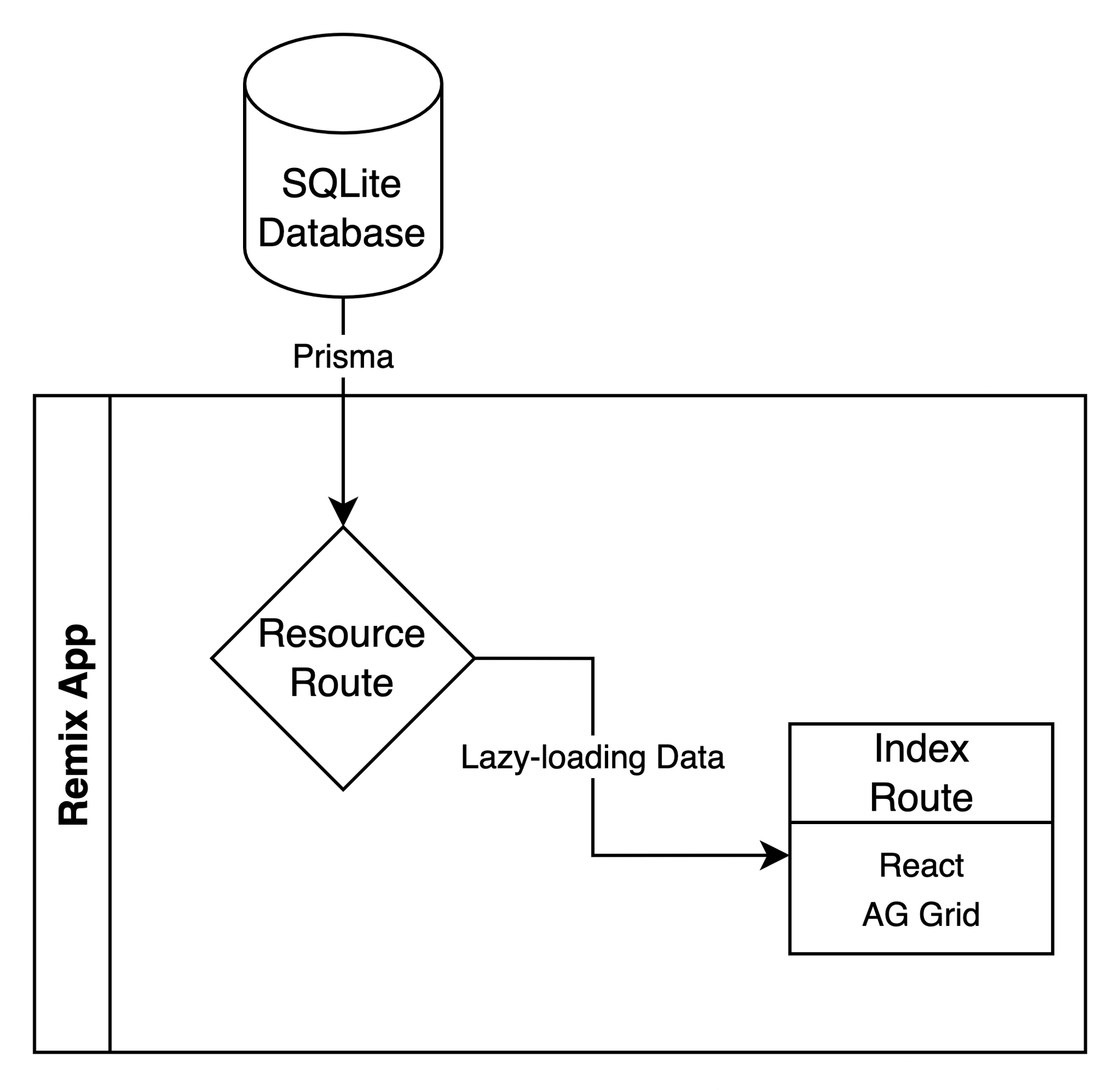Why Did OpenAI Move from Next.js to Remix?
Sign up | Sign in | Sign up | Sign in
Member-only story
JavaScript in Plain English
ShareChatGPT has quickly gained popularity, connecting millions through fast AI-driven chats. With such demand, a fast, smooth user experience is a must. That’s why OpenAI continuously optimizes ChatGPT’s tech stack to handle its huge user base. Recently, one of these optimizations was a major migration: moving from the well-known framework Next.js to the rapidly rising Remix. This shift is more than just a swap of frameworks. Remix offers unique advantages that align perfectly with ChatGPT’s needs — think faster load times, a simpler routing system, and a more streamlined way to fetch data.

In this article, we’ll dive into why OpenAI made this change. We’ll examine the challenges they faced with Next.js, the reasons Remix was a better fit, and how it’s improving ChatGPT’s performance.
ChatGPT is a highly interactive, primarily client-rendered web application. ChatGPT’s front end mainly renders in the browser, needing little help from the server after the first page loads, unlike apps that depend heavily on server-rendered pages.

JavaScript in Plain English Frontend developer | Technical Writer. Building modern websites for SMMEs. Available for Freelance Development Projects https://www.fiverr.com/uidev_pradip Help Status About Careers Press Blog Privacy Terms Text to speech Teams




















